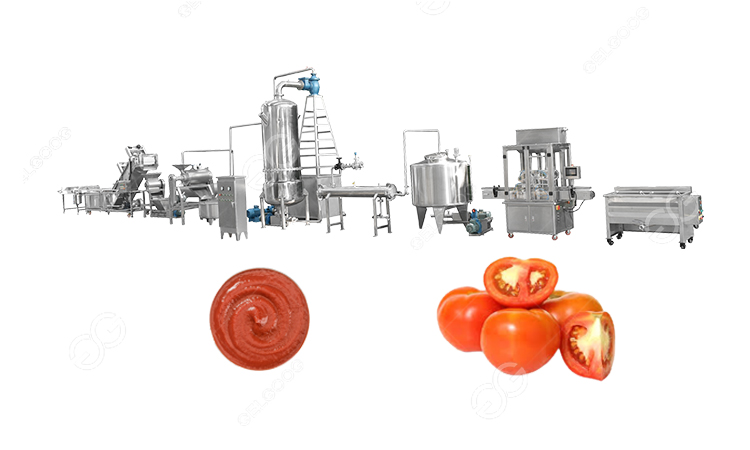How Is Tomato Puree Made in Factory?
Tomato puree, a staple in countless kitchens around the world, serves as the base for sauces, soups, and countless other dishes. But have you ever wondered how is tomato puree made in factory? Let's take a journey through the tomato puree production process to uncover the fascinating journey from vine to can.

1. Selecting the perfect tomatoes:
It all starts with selecting the right tomatoes. While any tomato can technically be used, those destined for puree production are often a specific variety chosen for their flavor, texture, and color. These tomatoes are typically harvested when fully ripe to ensure maximum sweetness and flavor.
2. Washing and sorting:
Once harvested, the tomatoes undergo thorough washing to remove any dirt, debris, or pesticides. Next comes sorting, where machines carefully inspect each tomato, discarding any that are damaged or of inferior quality. This ensures that only the best tomatoes make it into the puree production process.
3. Peeling and seed removal:
The tomatoes are then passed through a process to remove their skins and seeds. This is typically done using steam or hot water, which loosens the skins, making them easy to peel off. Once peeled, the tomatoes are crushed, and the seeds are separated from the pulp. This step is crucial for achieving the smooth texture of tomato puree.
4. Cooking:
The crushed tomatoes are then cooked to break down their fibers and concentrate their flavor. This is usually done in large vats or kettles, where the tomatoes are heated to a precise temperature for a specific amount of time. Some manufacturers may add salt or other seasonings at this stage to enhance the flavor.
5. Pulping:
After cooking, the tomatoes are passed through a pulping machine, which further breaks down the mixture into a smooth, uniform consistency. This step ensures that the puree is free of any lumps or chunks.
6. Straining:
Once pulped, the mixture is strained to remove any remaining seeds, skins, or larger pieces of pulp. This is typically done using a fine mesh sieve or screen, which captures the solids while allowing the smooth puree to pass through.
7. Packaging:
Finally, the smooth tomato puree is ready for packaging. It is pumped into cans, bottles, or other containers, depending on the manufacturer's preference. Some may choose to add citric acid or other preservatives to extend the puree's shelf life, while others may opt for a completely natural product.
8. Quality control:
Throughout the entire process, rigorous quality control measures are in place to ensure that the puree meets the highest standards of taste, texture, and safety. Samples are regularly taken and tested for consistency, flavor, and purity.
The tomato puree made is a complex and delicate process that requires a professional tomato sauce production line to complete. If you need information of the line, leave message to us.
